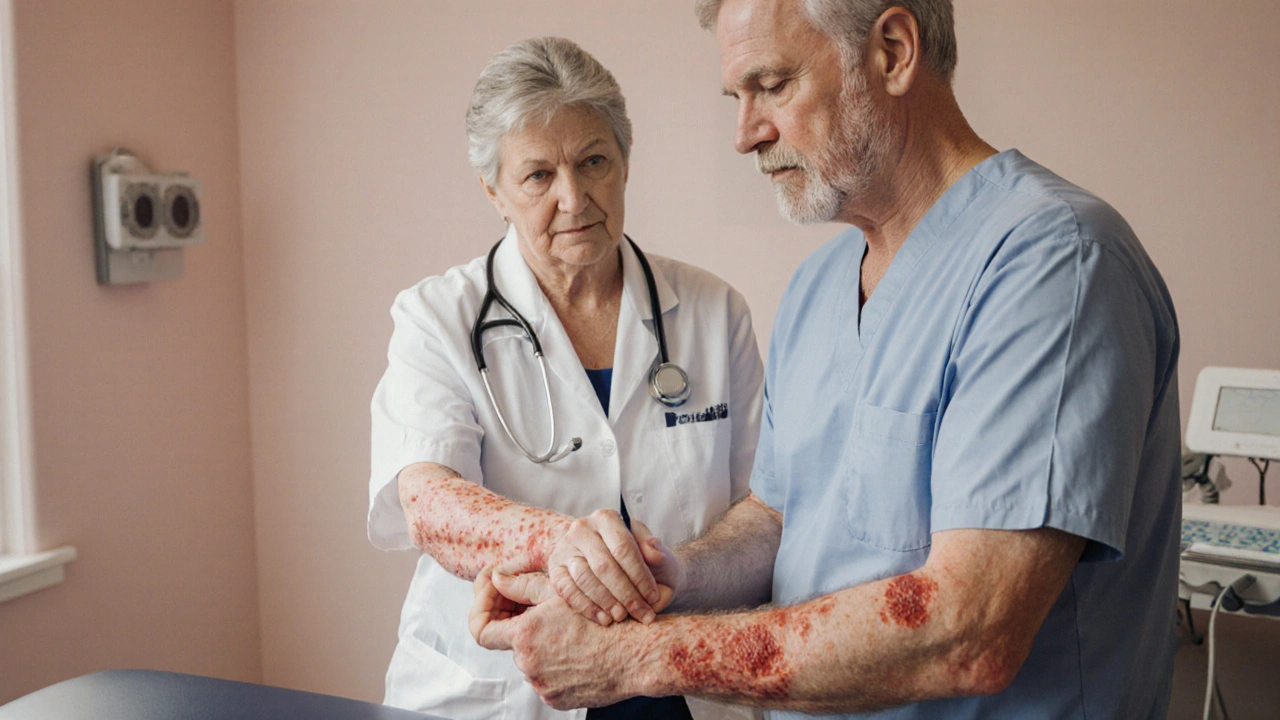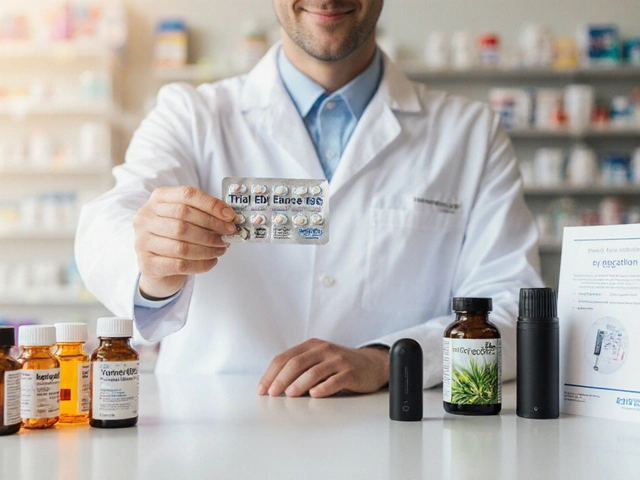Dermatology Checkups: Keep Your Skin Healthy and Safe
Think of your skin like a car windshield – if you don’t glance at it often, cracks can go unnoticed until they’re hard to fix. A regular dermatology checkup spots those tiny changes early, saves money, and gives you peace of mind. Most people wait until a mole looks scary or a rash won’t go away, but a quick exam once or twice a year can catch problems before they turn serious.
What Happens During a Dermatology Checkup
When you walk into the clinic, the dermatologist will start with a visual sweep of your entire body. They use a bright lamp and sometimes a dermatoscope – a handheld magnifier that shows skin layers in detail. The doctor looks for irregular moles, new growths, signs of eczema, psoriasis, or infections. If something looks odd, they may take a small sample (a biopsy) for lab analysis.
Don’t be surprised if the doctor asks about your family history, sun exposure, and any recent skin changes you’ve noticed. These questions help them gauge your risk for skin cancer or chronic skin conditions. It’s also the perfect time to discuss any skin‑care products you use; some ingredients can aggravate conditions like acne or eczema.
After the exam, the dermatologist will give you a clear plan. That could be a prescription cream, a recommendation for a sunscreen with at least SPF 30, or lifestyle tips. One of the most useful suggestions is a balanced diet rich in anti‑inflammatory foods – think omega‑3s, leafy greens, and antioxidants. Our recent guide on “Why a Balanced Diet Matters for Scaly Skin Conditions” explains how nutrition can calm inflammation and support skin health.
Simple Self‑Check Tips Between Visits
Even if you see a dermatologist twice a year, a quick self‑check once a month can catch new spots early. Stand in front of a well‑lit mirror and examine your face, scalp, neck, and hands. Use a handheld mirror to look at your back, chest, and legs. Look for any of these red flags:
- New mole or a spot that changes color, size, or shape
- Any growth that bleeds, itches, or hurts
- Persistent rash that won’t clear up with over‑the‑counter creams
- Dry, scaly patches that spread or become thick
If you notice any of these, book an appointment promptly. Early treatment often means a simpler, cheaper solution.
Remember to protect your skin every day. Apply sunscreen even when it’s cloudy, wear hats, and avoid tanning beds. Re‑applying sunscreen every two hours while outdoors is a habit that saves you from future skin checks that could reveal sun damage.
Finally, keep a short skin journal. Jot down new moles, flare‑ups, or reactions to new products. Having this record handy makes the dermatologist’s job easier and speeds up diagnosis.
Regular dermatology checkups aren’t a luxury – they’re a smart part of everyday health care. By combining professional exams, simple self‑checks, and a supportive diet, you give your skin the best chance to stay clear, comfortable, and safe for years to come.
Discover why routine skin exams are vital for plaque psoriasis patients, how often to schedule them, warning signs to watch, and tips for making the most of each dermatologist visit.
Recent-posts
Categories
Tags
- online pharmacy
- side effects
- online pharmacy UK
- generic drugs
- Tadalafil
- arthritis medication
- buy medication online
- prescription medication
- motion sickness
- Sildenafil
- Vardenafil
- ED medication alternatives
- drug interactions
- drug safety
- opioid side effects
- generic medication prices
- brand drugs
- premenstrual dysphoric disorder
- sleep quality
- PMDD






